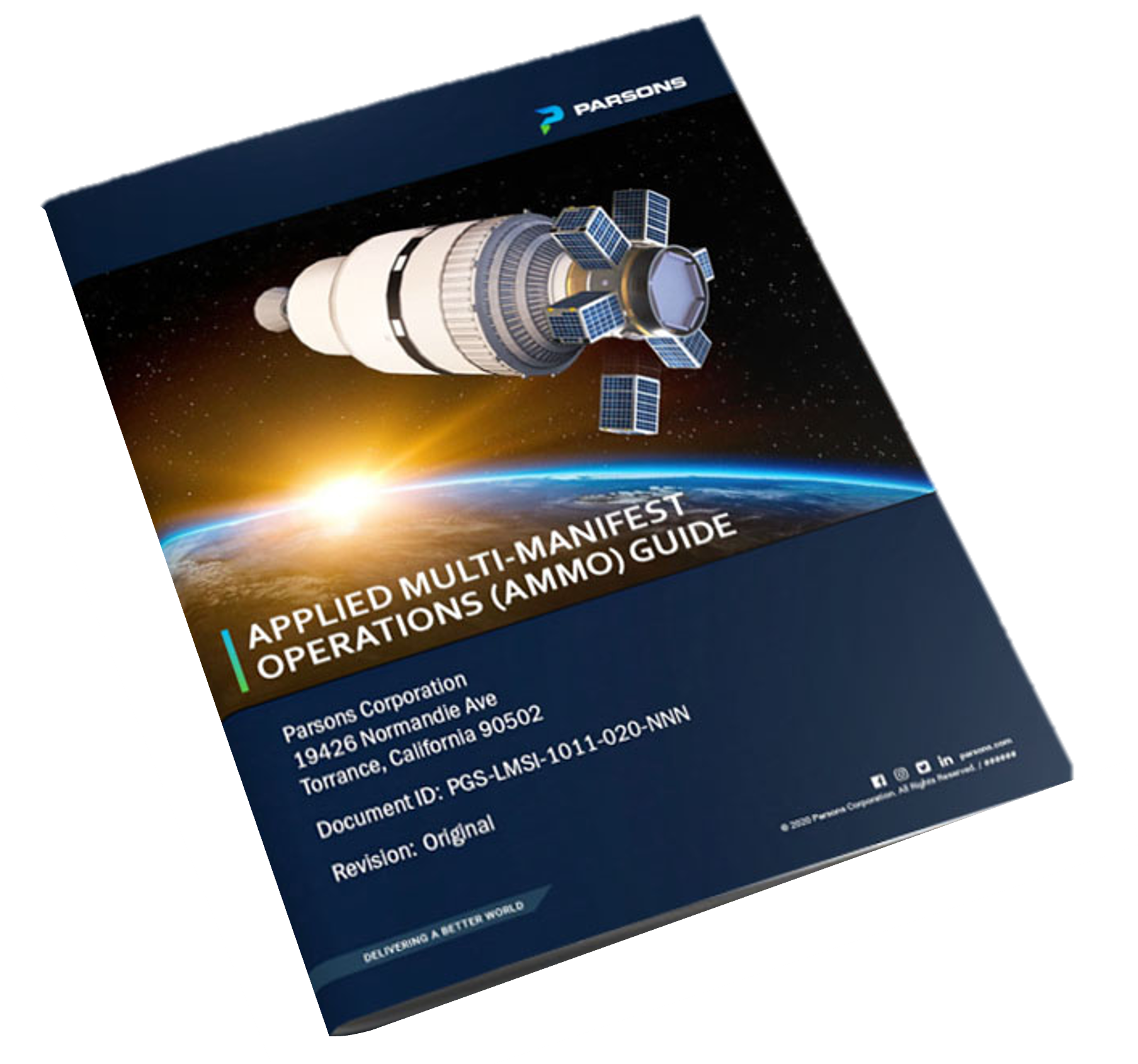Operationally Efficient Access To Space
Operationally efficient access to space is an emerging market that supports the increasing number of small satellites that seek launch to space. We provide multi-manifest flight systems and launch integration capabilities to operationalize access to space for small space systems.
Operationally efficient access to space is an emerging market that supports the increasing number of small satellites that seek launch to space. We provide multi-manifest flight systems and launch integration capabilities to operationalize access to space for small space systems.
We deliver the full range of hardware and system integration services, including the design, assembly, testing, and processing required to integrate your small-satellite payload onto a launch system. Four Parsons multi-manifest solutions have flown to date, and we’re executing integration efforts to support at least four additional missions, as of April 2022. Our engineering and integration team performs the full scope of designing, assembling, testing, and integrating systems to meet responsive launch mission needs. Our ground support equipment enables efficient and effective access to space for small satellites on commercial, national security, and small-class launch systems. We also employ the following:
- Commercial off-the-shelf (COTS) and custom-built interface carriers involving Evolved Secondary Payload Adapter (ESPA) rings
- CubeSat dispensers
- 1.5-meter-diameter and 2.5-meter-diameter dual payload carriers
- Avionics sequencers
- Payload separation systems
Advancing The Multi-Manifest System
With successful experience advancing the USSF multimanifest launch paradigm, we’ve achieved significant small-satellite access-to-space milestones while employing operational National Security Space Launch (NSSL) systems. We’ve also demonstrated and validated operational small-satellite integration approaches, procedures, and verifications that are materially advancing the small-satellite access-to-space paradigm.
Mission And Launch History
Several Parsons multi-manifest solutions have flown to date, and we’re executing integration efforts to support multiple additional missions as of April 2022. Let’s talk about integrating your payload with one of the upcoming launches.
EZ-1 Flight System
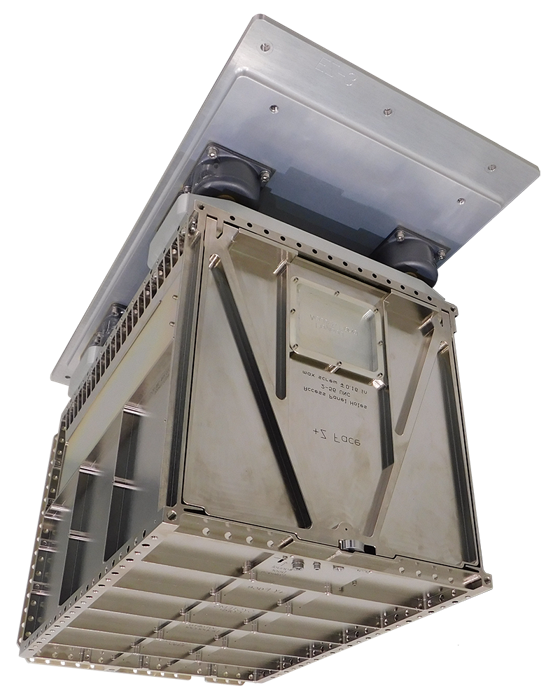
Carrier: Atlas V 551 AEHF-5
Launch Site: Cape Canaveral Space Force Station
Mission Orbit: GTO
Launch Date: August 8, 2019
Mission Objectives:



integration process
EZ-2 Flight System
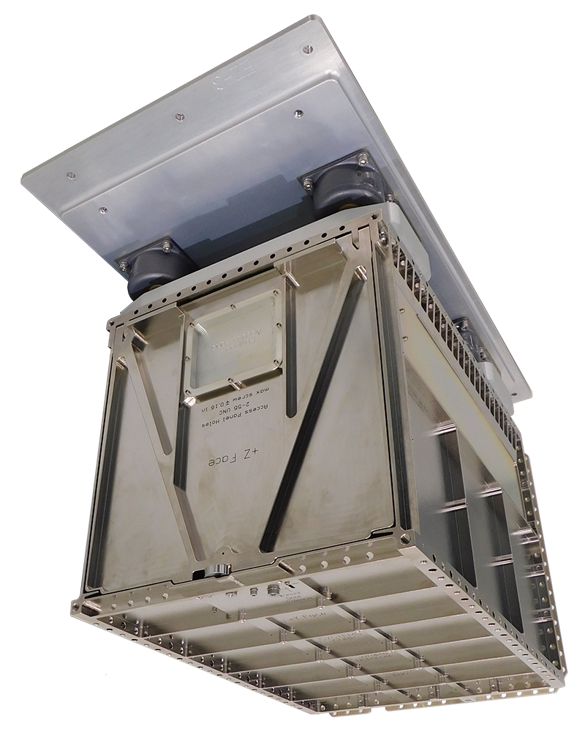
Carrier: Atlas V 551 AEHF-6
Launch Site: Cape Canaveral Space Force Station
Mission Orbit: GTO
Launch Date: March 26, 2020
Mission Objectives:

processes
to the forward system
EZ 3-4 Flight System
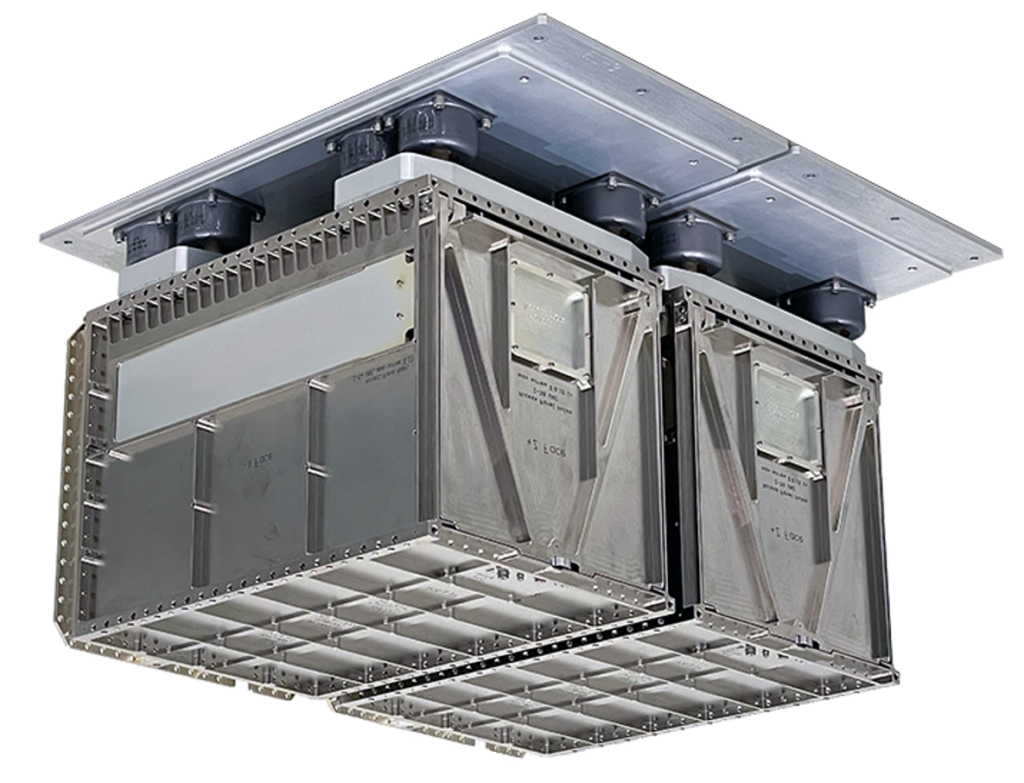
Carrier: Atlas V 421 SBIRS G5
Launch Site: Cape Canaveral Space Force Station
Mission Orbit: GTO
Launch Date: May 26, 2021
Mission Objectives:





LandSat 9 ESPA Flight System
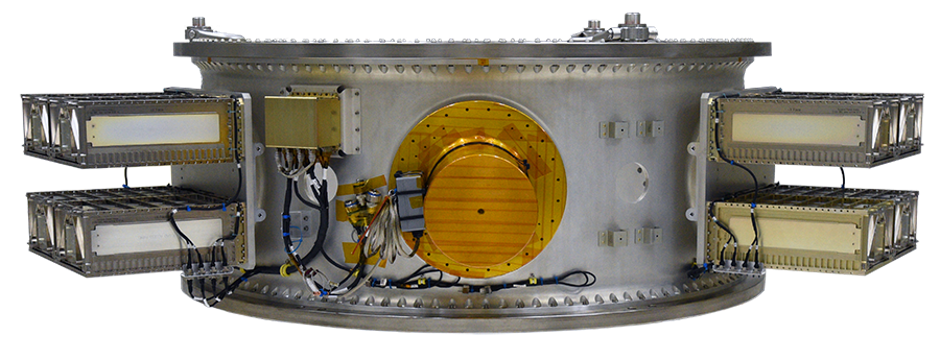
Carrier: NASA Atlas V 401
Launch Site: Vandenberg Space Force Station
Mission Orbit: LEO SSO
Launch Date: September 27, 2021
Mission Objectives:




Upcoming Launches
Interested in being a part of one of our upcoming launch opportunities? Launch options are available at little or no additional cost if you’re delivering a space vehicle in support of a US government program or if a US government sponsor supports your system. Reach out to discuss your need and request access to the available options below.
| Launch Date | Vehicle | Orbit(s) | Availability |
|---|---|---|---|
| Q4 2023 | NSSL | LEO, SSO, ~500 km circular orbit | Multiple positions available for CubeSats (3U, 6U, 12U) up to ESPA class (15in interface, ~200 kg) |
| Q2 2024 | NSSL | GTO, Near-GEO | ESPA or ESPA Grande class SVs. Multiple separation interfaces available |
| Q4 2024 | NSSL | GTO, Near-GEO | ESPA or ESPA Grande class SVs. Multiple separation interfaces available |
| Q1 2025 | NSSL | GTO, Near-GEO | ESPA or ESPA Grande class SVs. Multiple separation interfaces available |
| Q1 2025 | NSSL | LEO, 1,000 km circular, 80-90 deg inclination | Multiple ESPA or ESPA-Grande size/class satellites; CubeSats |
| Q4 2025 | NSSL | LEO, 500 km, mid-inclination | Multiple ESPA or ESPA-Grande size/class satellites; CubeSats |
| Q4 2025 | NSSL | 1) 180 x 500 km, 28 deg inclination 2) 185 x 35,786 km, 27 deg inclination 3) 6,000 x 35,786 km, below 20 deg inclination | 2x12U Cubesats, up to ~70 kg |
| Q1 2026 | NSSL | 1) LEO, 500 km, 45-55 deg inclination 2) MEO, 17,000 km altitude, 60 deg inclination | Multiple positions available for CubeSats (3U, 6U, 12U) up to ESPA class (15in interface, ~200 kg) |
| Q3 2026 | NSSL | LEO, 500 km, mid-inclination | Multiple ESPA or ESPA-Grande size/class satellites; CubeSats |
Competitive Business Approach
We can be engaged via commercial and US government (USG) contract options. We serve as the USSF
Launch Manifest Systems Integrator (LMSI), integrating USG-owned and -sponsored satellites onto USG
launch vehicles. We offer a General Services Administration (GSA) Space Launch Integration Services
(SLIS) schedule, including catalog pricing that can be customized to meet your needs. We also engage in
direct commercial relationships
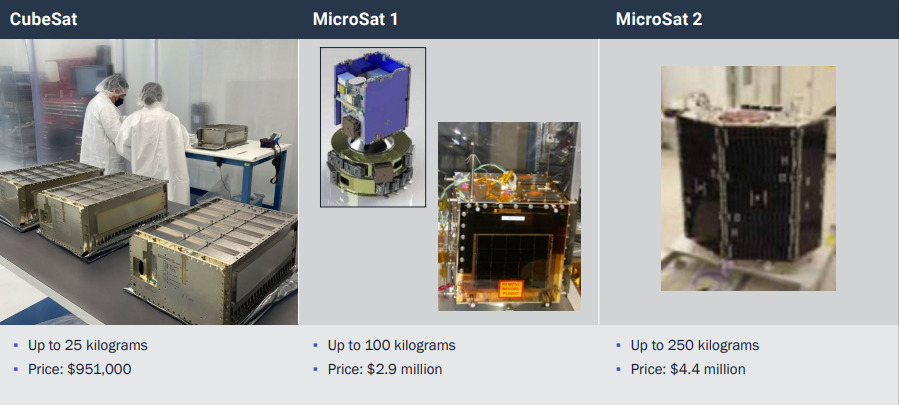
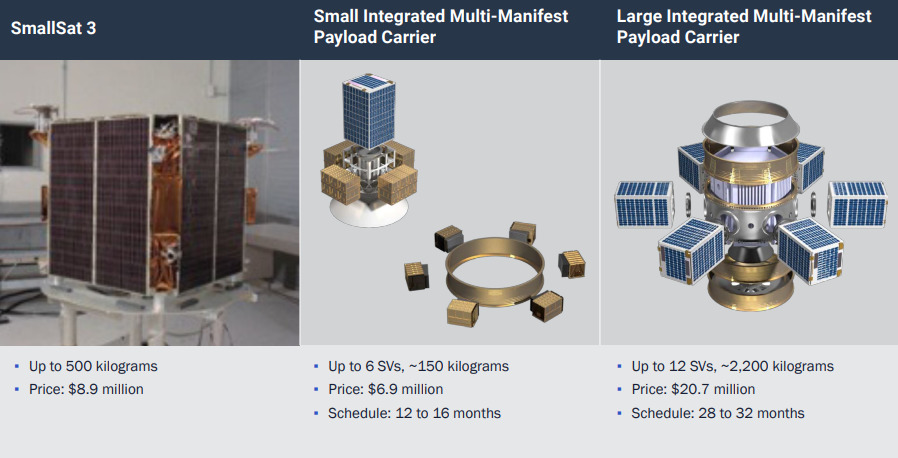
Competitive Range Of Interface Options
We deliver multi-manifest solutions spanning the full range of needs, from NSSL systems to small launch
vehicle requirements. Our systems maximize the use of COTS hardware when practical and are designed to be ready for launch on schedules as short as 12 months. Our focus is operational reliability—
we design solutions to maximize the utility of the lift capacity using strategies that include payload
substitution and mass simulators, when necessary, to preserve planned launch dates.
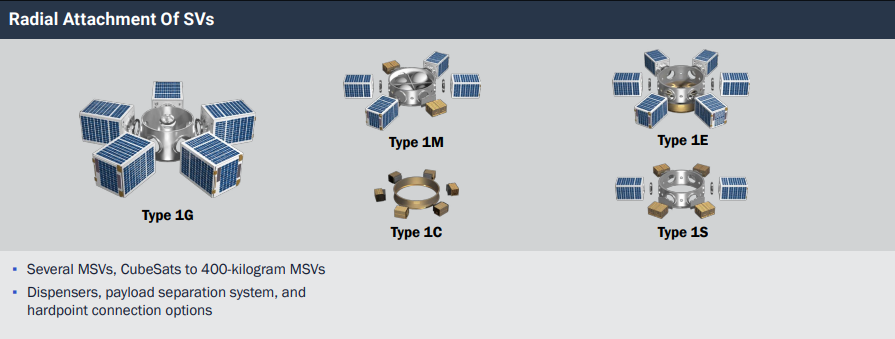
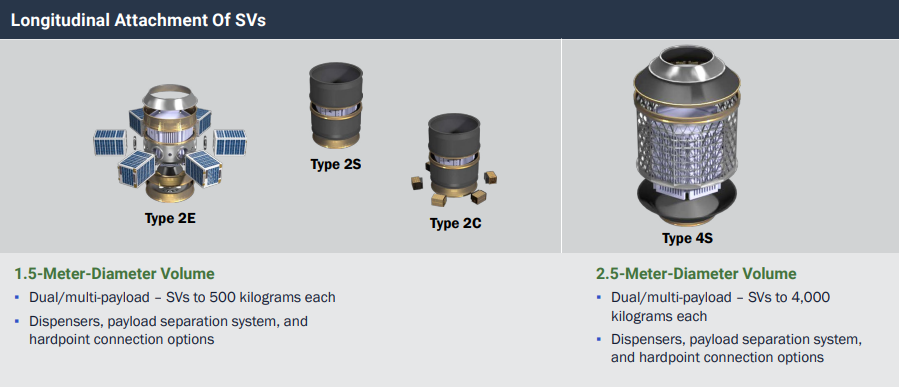
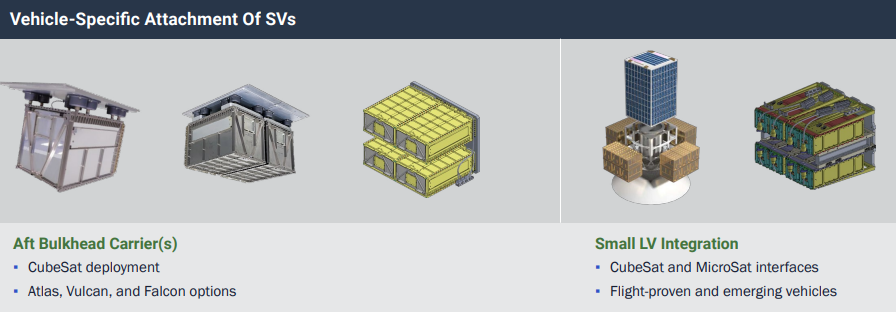
Portability And Flexibility
Systems Integration Laboratory
We operate a systems integration laboratory in Los Angeles, CA, configured with hardware and services to support mechanical, electrical, and systems integration requirements. We operate the lab at an ISO-9 level with localized capability for ISO-7 (Class 10,000 clean). We house equipment and tooling to meet all mission needs and can support your specific integration, assembly, and test requirements.
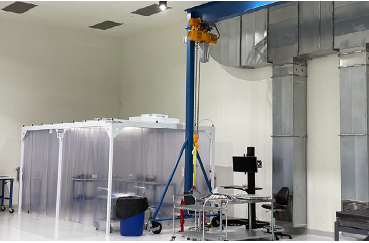
Delivering Port Solutions
We also develop multimanifest solutions at a “port interface”; for example, on the ESPA or ESPA Grande ring. We’ve developed these types of solutions supporting upper-stage aft bulkhead carrier missions and for ESPA rings. We’ve packaged CubeSat dispensers into various form factors and can meet your specific mission need. In addition, we have experience delivering systems in as short as six months and can meet various mission-unique integration requirements to support operational mission schedules.
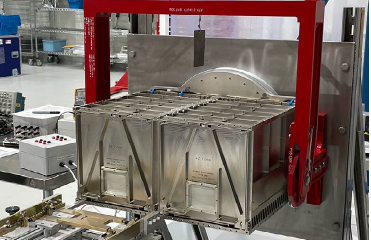
Mission Avionics Sequencer
We employ the flight proven Parsons Avionics Controller System (PACS) to provide separation sequencing for satellites attached to our integrated flight systems. PACS has the advantage of decoupling separation sequencing from the upperstage avionics system, greatly reducing the integration complexity and harnessing between the systems. We can furnish redundant separation sequencing for up to 24 individual satellites. The system enhances the portability of our flight systems by easing the movement between individual launch vehicle flights and even between launch systems.
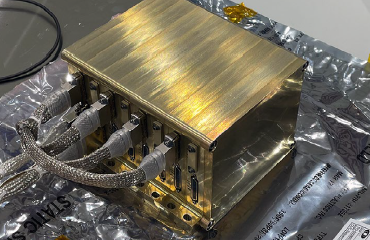
Tailored Do-No-Harm Solutions
We’ve amassed significant experience delivering flight systems in the NSSL do-no-harm risk assessment environment. We can support your specific mission needs and the unique requirements that may result from ensuring compatibility with co-manifested satellite systems.
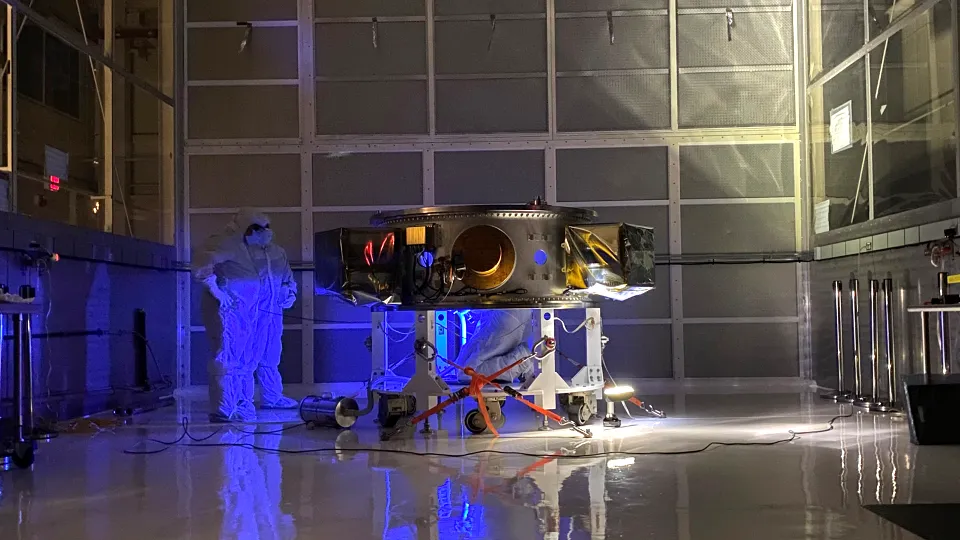
*Parsons complies with all applicable Trade Compliance regulations. Some of Parsons products may require an authorization from the U.S. Government before they are exported.
Related Products
Optimyz™
Optimyz™ makes it simple for satellite operators to evaluate available resources by enabling fully automated event-based scheduling.
Ace CtrlPoint™
Ace CtrlPoint™ is an automated space vehicle and ground station command and control (C2) application.
SimHub™
SimHub™ is an open-architecture, commercial product offering a highly customizable, physics-based modeling framework.
